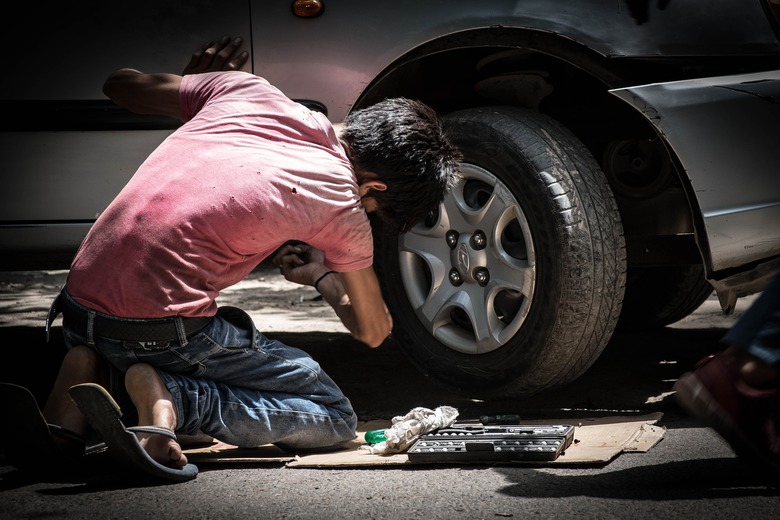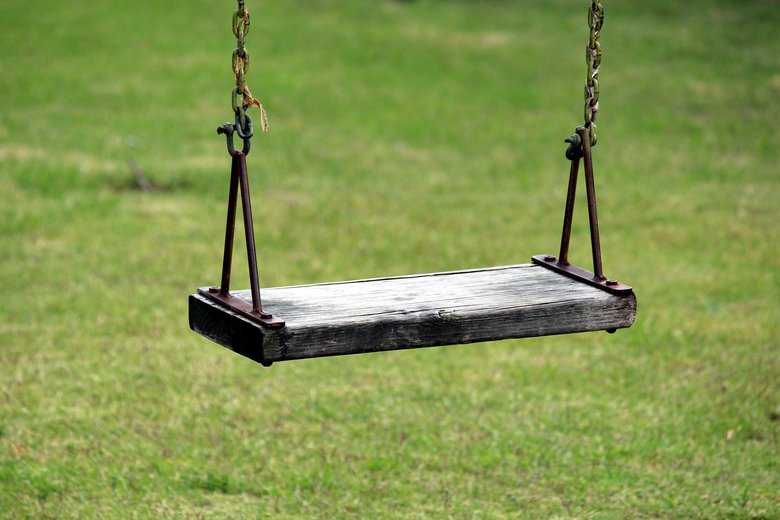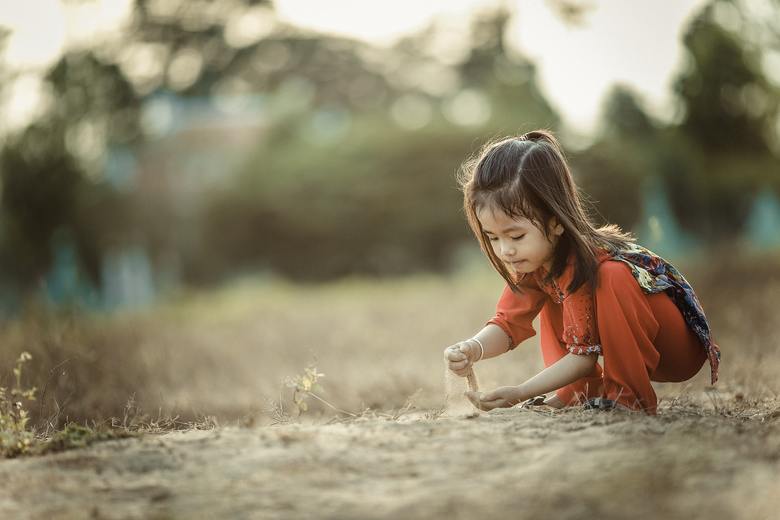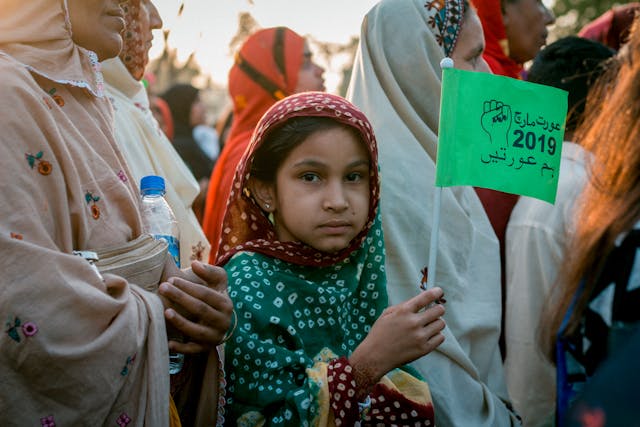“There can be no keener revelation of a society’s soul than the way in which it treats its children,” said Nelson Mandela at the launch of the Nelson Mandela Children’s Fund.
Statistics can be unreliable, but the soul of the entire world is exposed, knowing that in 2016, there were about 152 million children aged 5-17 years who came under the legal definition of child labor. 75% of them were under the age of 15. Moreover, out of the total number of children in employment, around 73 million were involved in hazardous activities (ILO 2017).
For the same year, as reported by the Child Rights Movement, over 12.5 million children in Pakistan were involved in labor (Dawn 2016).
Child labor in Pakistan is observed in industrial, agricultural and domestic spaces to such intensity, as if it is customary and acceptable, and not intuitively bad. Apart from industrialists and agriculturalists, numerous middle-upper class “educated” households are hiring children from “uneducated” families for around-the-clock domestic work. Education of the backward families, as is advised, will raise awareness of the harmfulness of child labor, but how are those families, who are already wealthy and “educated”, hiring children without hesitation? This reveals that the problem is too deep-seated in Pakistan’s society.
The direct victims of child labor are children themselves while the indirect victim is the entire economy and society. To combat this endemic issue, as we will propose later, Pakistan needs to progressively invest in human development and assert its statutory power, through the right channels, against the conventions of child labor.
What is child labor?
Not all tasks performed by children fall under the umbrella of child labor, especially when maturing or young adolescents are under discussion. Eager participation in tasks, physical or intellectual, is sometimes considered beneficial for children, as suggested by the International Labor Organization. So long as these exercises do not inhibit their education, influence their health, or dismantle the development of their potential.
ILO defines child labor as the “work that deprives children of their childhood, their potential and their dignity, and that is harmful to physical and mental development.” Any kind of work that compromises the betterment of children in any way, directly or indirectly, then, falls under the definition of child labor. To decide whether a particular job is child labor, ILO claims that different conditions and parameters need to be factored in, which may vary from country to country.
The definition of child labor given by ILO, it can be argued, cannot practically guide governments, policymakers, and individuals and households. It is difficult to categorize, for example, the kinds of works that are “harmful” for children. Where does the line come, beyond which, there is potential harm, physical or mental? Which works deprive children of their dignity and which don’t?
ILO has described, quite thoroughly, the worst forms of child labor and hazardous activities that are detrimental to children. Even though the definition leaves a lot of grey area, which can be used to interpret certain deleterious works as non-child labor, the overall concept fairly outlines the children’s rights issue for all countries.

Where does Pakistan stand on children’s rights?
The KidsRights Index, a ranking of how children’s rights are respected and ensured worldwide, for any country, is calculated based on five domains; namely: the right to life, health, education, protection, and environment (that empowers children rights). These domains are divided into 20 indicators that undergo statistical measurements.
According to KidsRights Foundation’s 2020 report, Pakistan ranks 147 out of 182 countries, with a score of 0.522 out of 1. The countries that had comparable or poorer socio-economic conditions than Pakistan during the first few decades of its emergence (the 1950s-1970s), have a healthier KidsRights Index than Pakistan today.
For example, the rankings of Bangladesh, Malaysia and South Korea are 112 (score: 0.671), 34 (score: 0.828) and 12 (score: 0.884), respectively. The remarkable development of Malaysia and South Korea in the KidsRights Index demonstrates that these states, like many developed and newly industrialized countries, realize that long-term socio-economic growth depends on harnessing the capabilities of present and future generations, rather than utilizing them as modes of production and domestic servants.
Psychological impacts of child labor
The opportunity cost of child employment is child education, socialization and play. Scholars of psychology like David McClelland, Erik Erikson and Jean Piaget have argued that early life experiences can influence the future attitudes, intentions and personalities of individuals (Krueger 1993).
Jean Piaget, a Swiss psychologist who is widely known for his work on child development, proposed the theory of the cognitive development of children. He explained, through his inclusive description of the stages of cognitive development, the way children perceive themselves and their environment as they age and learn.
Stages of cognitive development of children
There are, primarily, four stages that can be considered as thresholds of development. Passing each threshold, by fulfilling its requirements, enables the child to move to the next stage. Thus, children must meet the requirements of each stage, i.e., the challenges of each age, to learn and grow (Giddens 2009).
The first developmental stage, lasting from birth up to the age of two, describes children’s learning experience acquired from physically observing, touching and using objects. The second stage lasts from the age of two to seven. Children now obtain communication ability and come to realize the symbolic meanings of objects.
In the next stage, spanning from age seven to eleven, children get a hold of conceptual and mathematical notions and learn to handle ideas. In the last stage, constituting the age of eleven to fifteen, children grasp complex notions and abstract ideas (Giddens 2009).
It is noteworthy, children constantly process, assess and learn from the environment. Where their cognitive development is marvelous, undergoing evolution during each development stage, it is also sensitive, vulnerable to deviation and permanent blows. Experiences at a young age can leave lifetime impressions on the minds of children.
Socialization of children
Lev Vygotsky, a Russian psychologist, later argued that the processes of learning and development proposed by Jean Piaget depend on the “social structures and interactions” that children are exposed to (Giddens 2009). That is, learning opportunities that are provided to children and the environment in which they engage with the real world strongly influence their cognitive development.
The first and foremost “agency” that is responsible for providing a nurturing environment to children is the family, followed by schools. Unfortunately, children who leave their homes for around-the-clock work become deprived of both, their family and their right to education, socialization, and play.

Piaget’s teachings have significantly influenced pedagogical methods around the world. He considerably stressed the importance of children playing, exploring, and learning by doing. “Play is the work of childhood,” he claimed. A caring and supportive childhood is not simply an extension of love from parents and adults, but a vital precondition for the intellectual and social development of children.
The marvelous process of cognitive evolution is hindered when children, instead of having the space to think freely, act innocently and develop continuously, engage in exacting economic services. The socialization of children is hampered when they are taken away from their families, kept away from schools, and compelled to work.
This has far-reaching consequences. Psychology literature reveals that there is a strong connection between work in childhood and poor health in adulthood (Edmonds 2016). Unfortunately, the problem does not end here.
Economic consequences of child labor
In his paper “Economic Growth and Child Labor in Low Income Economies”, Eric V. Edmonds, a development economist and professor at Dartmouth College, concludes, with the support of empirical literature, that child labor is “both a cause and a consequence of a lack of economic growth” (Edmonds 2016).
Child labor influences a country’s labor force by increasing the availability of total workers, augmenting unskilled labor, and decreasing incentives for technology overhaul and innovation. The labor force or labor market, in turn, determines the economic performance of the country.
Effects on labor and wages
Child labor is essentially unskilled labor. A child worker will naturally demand a lower wage in exchange for work than a medium or high-skilled adult worker. As a result, industries exploit the unskilled, low-wage laborers as much as they can, to increase their profit share.
The increase in the total pool of workers, on account of the involvement of children, induces a dip in the wages for adult laborers as well. This is because, as an economic rule, if there are more workers than jobs available in a labor market, then workers compete, which eventually opens up a loophole for firms to lower down wages. That is why governments define some minimum wage. It is to make sure that the exploitation of laborers does not cross ‘the red line’, beyond which, employment gains the characteristics of indentured servitude.
Everything remaining unchanged, child labor causes a fall in the living standards of people who are employed at lower wages, an increase in the impoverishment of people who fail to land a job altogether, and an overall surge of unskilled labor in the country (Edmonds 2016).
Impact on technology and innovation
Child labor activates a vicious cycle for the economy. The consequences of child labor mentioned above, later on, become the very factors that reinforce the phenomenon of poverty, adult unemployment, and child employment. Yet another direct impact of child labor on the economy is reluctance towards the adoption of new production methods (Edmonds 2016).
Since child labor is primarily unskilled labor, continued dependence on child labor will build dependence on the production methods that are corresponding to unskilled labor. Industries of the country, then, remain inefficient and stick to old methods of management and production.
Innovation is an absent phenomenon in the industries which are driven by the labor of children. This is because, as depicted by Daron Acemoglu, a renowned Economics professor at MIT, human capital and technology are “relative components” (Edmonds 2016).
Combating child labor in Pakistan
Child labor is essentially a moral offense on part of those who are involved in taking away the rights of children. It is also an illegal act, at least for the last half of the century, when many international laws were passed to alleviate child labor and promote child education.

In addition to ratifying numerous international conventions concerning child labor, Pakistan has passed many laws at the national level as well (DOL 2018). However, as it appears, Pakistan has significantly failed to enforce these laws.
The abolishment of child labor demands, first of all, the recognition of the problem in social and economic spheres. Pakistan should focus on incentivizing child education and dis-incentivizing child labor throughout the country. This can be done, or at least initiated, by progressively investing in human capital development, particularly in the spheres of education and social security.
Education will raise awareness of the rights of children throughout the masses. Moreover, a humanistic and quality educational framework will establish an environment where the potential and capabilities of children are nurtured. Social protection will improve the living standards of families from backward areas. This will, as a result, diminish their preconceived need for sending out their children to labor.
Last but not the least, the government should solemnly enforce child employment laws to ensure that children are not exploited on industrial or domestic grounds.
Concluding remarks
Many children throughout Pakistan are prepared, as soon as they learn to speak and understand, or perhaps even before, to work “for the good of the family” (Silvers 1996). Sadly, countless children are beaten, violated and abused as a result of the prevalent practice of child labor.
How can the innocent souls, who are primarily brought up for labor, know their rights? How can they realize that they were born free – with liberty and honor – and that they are meant to be whatever they desire? In addition to psychological, social and economic impacts, the fire of the soul is diminished through child labor. Families, industrialists, and the state are responsible for extinguishing the fire inside millions of children in Pakistan.
The African proverb “it takes a village to raise a child” has a corollary meaning: it also takes a village to ruin a child. Innumerable children in Pakistan have become uncertain of their reality, potential, and capabilities, because of the ignorant, exploitative, and silent behavior of the rest of the society.
References
Dawn. 2016. “‘12.5 million children in Pakistan are involved in labour’.” Islamabad: Dawn.
DOL. 2018. Child Labor and Forced Labor Reports. Bureau of International Labor Affairs
Edmonds, Eric. 2016. “Economic Growth and Child Labor in Low Income Economies.” GLM|LIC Synthesis Paper No. 3 (Growth and Labour Markets in Low-Income Countries).
Giddens, Anthony. 2009. “The life-course: Culture, society and child socialization.” In Sociology, by Anthony Giddens, edited by Philip W. Sutton, 284-290. Cambridge: Polity Press.
ILO. 2017. Global estimates of child labour: Results and trends, 2012-2016. International Labour Organization, Geneva: International Labour Office, 5.
Krueger, N.F. 1993. “Growing Up “Entrepreneurial”? Cognitive Developmental Consequences Of Early Exposure To Entrepreneurship.” Academy of Management Proceedings (ResearchGate) 80-84.
Silvers, Jonathan. 1996. “Child Labor in Pakistan.” The Atlantic (February 1996).







1 thought on “Child Labor in Pakistan”
Pingback: Tackling Inequality of Opportunity in the Education System of Pakistan - Effective Thoughts